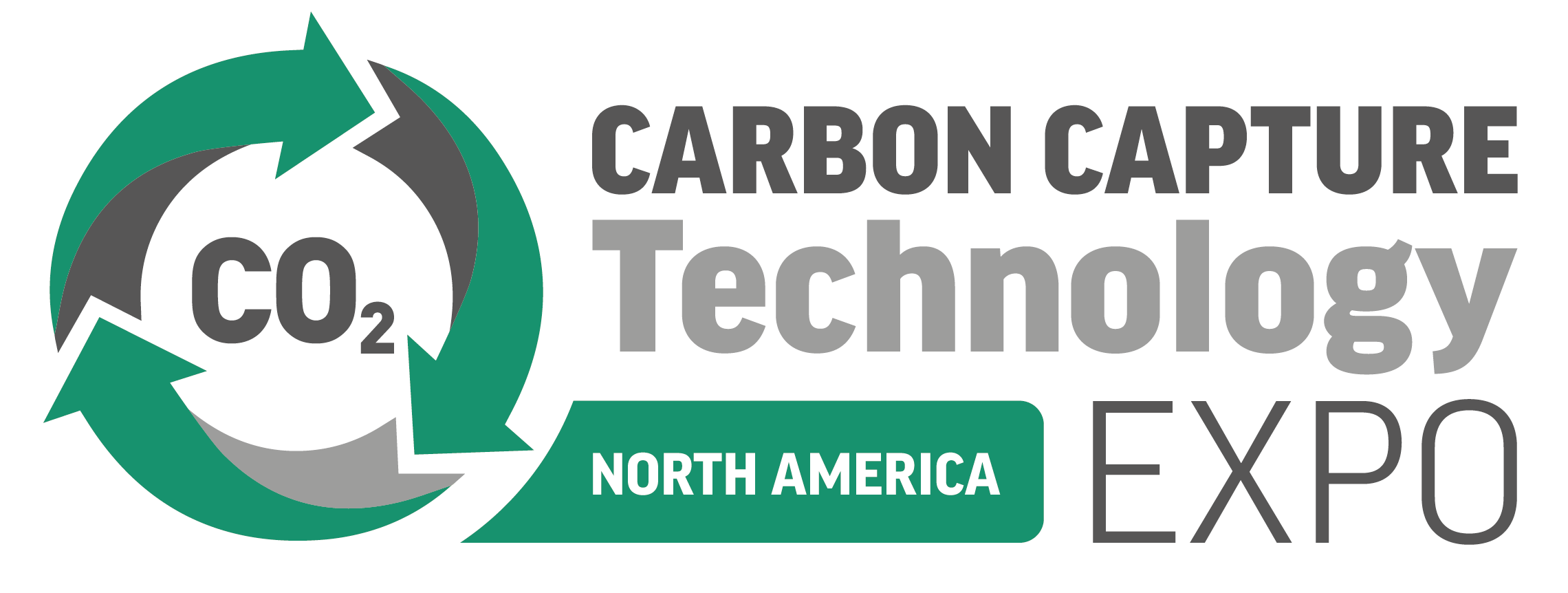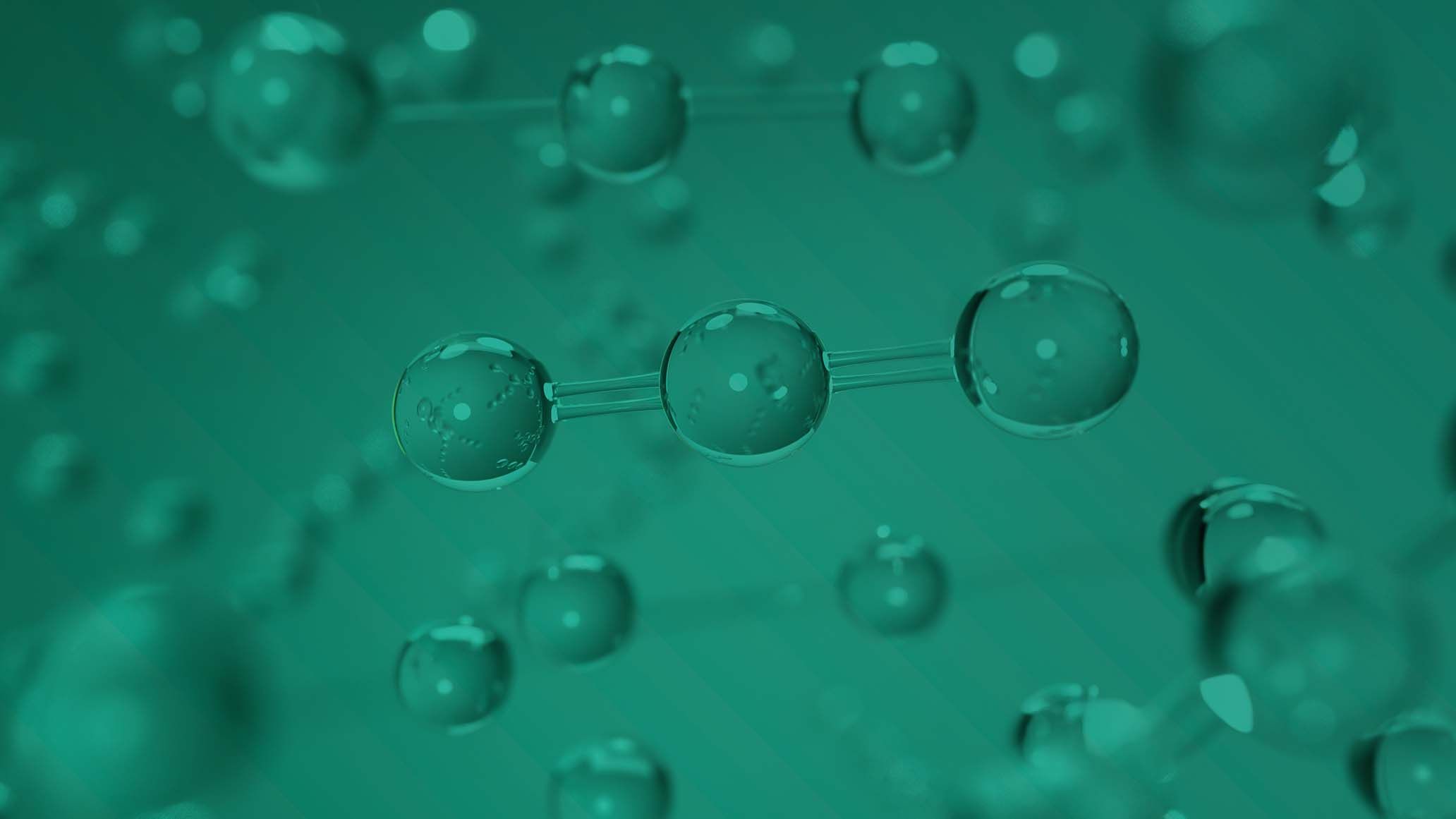U.S. National Lab Develops New Method of Carbon Capture at Record-Low Cost
)
Scientists at Pacific Northwest National Lab (PNNL) have developed a technique able to capture CO2 from the exhaust flue of power plants and factories for as little as $39 per metric ton, the lowest cost reported in a peer-reviewed scientific journal.
Using other cutting-edge technologies to pull carbon dioxide from a coal-fired power plant costs approximately $57 per metric ton.
The funding for this research came to $1.2 million over about 3 years and was funded by the Department of Energy and SoCalGas in a 50/50 split, Robert Dagle of PNNL told CNBC.
How does the Technology Work?
PNNL’s method utilizes solvent chemistry, said David J. Heldebrant, a chief scientist at PNNL leading this research.
The PNNL system for capturing carbon is a more cost-efficient solution compared to other technologies, as it operates with a fraction of the water typically needed. It uses 2 percent water as opposed to 70 percent water which is the upper boundary for similar carbon capture technologies. It takes a considerable amount of energy to boil water. Therefore, by eliminating the water from the system, the carbon capture process becomes less costly.
The system transfers dirty gas into a large chamber. A liquid is then sprayed down from the top of the chamber, allowing the two substances to mix, where the treated gas leaves the top of the chamber and the liquid containing the CO2 is siphoned away. After heating this liquid, the CO2 is released as a gas, compressed for transportation and storage, and the remaining liquid with the CO2 gas removed is cooled and recycled back to the initial process. This method removes the necessity of having to boil water, which greatly reduces the carbon capture cost.
It uses a process that pumps 4 million liters of liquid per hour.
“It’s like heating oil on your pan versus boiling water,” Heldebrant said. “The oil gets to temperature much more quickly. So just think of it as we’ve replaced the water with essentially something like an oil.”
According to Yuan Jiang, a chemical engineer from PNNL, carbon capture systems consume significant amounts of energy produced by power plants with carbon capture technology attached. Even with this cutting-edge system, 30 percent of the energy generated is used to remove 90 percent of CO2. As a result, the plant has to burn additional energy to return to its full energy capacity.
However, the technique still translates to a reduction of 87 percent of CO2 for every megawatt of net power generation, as Jiang and Heldebrant have noted to CNBC.
To encourage companies to invest in the system, PNNL researchers have devised a strategy to create methanol, a sought-after ingredient.
Even with this innovation employed, carbon capture systems use up a lot of energy generated by the power plants where the carbon capture technology is attached, said Yuan Jiang, a chemical engineer at PNNL told CNBC.
Carbon capture technology is responsible for parasitic load, whereby it uses up to 30 percent of the energy a power plant generates to remove 90 percent of the CO2.
To return to full energy capacity, the power plant would need to burn more energy. Despite this, the technique still translates to a net CO2 reduction of 87 percent on a per megawatt net power generation basis, Heldebrant and Jiang told CNBC.
To provide economic incentives for companies to install such a system, PNNL researchers have developed a way to generate methanol, which is a commonly sought-after ingredient.



)
)
)
)
)
)
)



)
)
)
)
)
)
)
)
)
)
)
)
)
)
)
)
)
)
)
)
)
)

)

)
)
)

)
)
)
)
)
)
)
)
)
)
)

)

)
)
)
)
)
)
)
)
)
)


)
)
)

)
)
)

)
)
)
)
)
